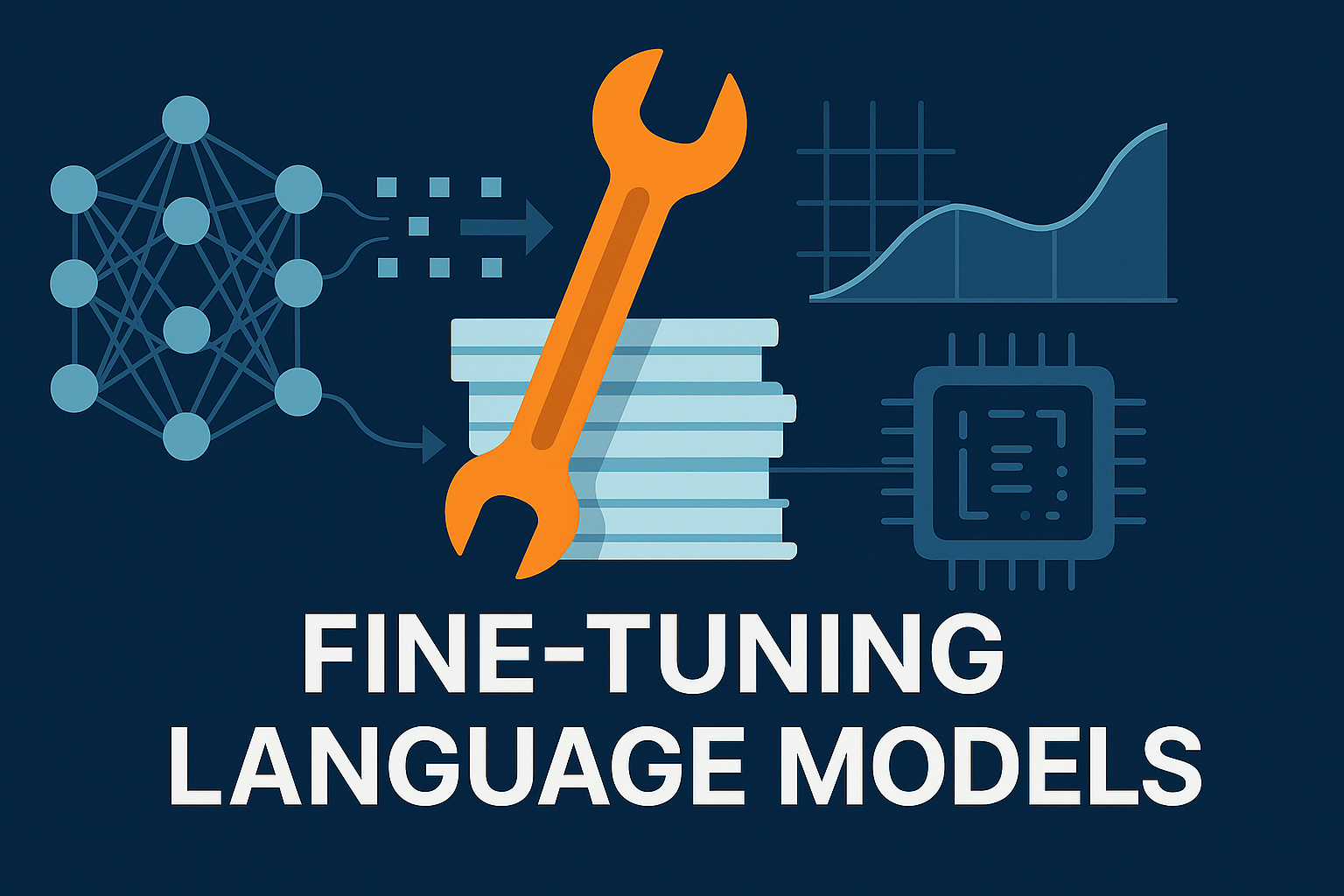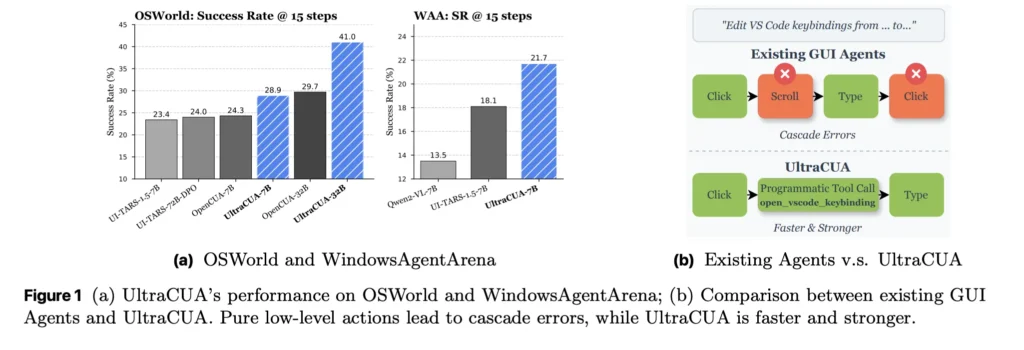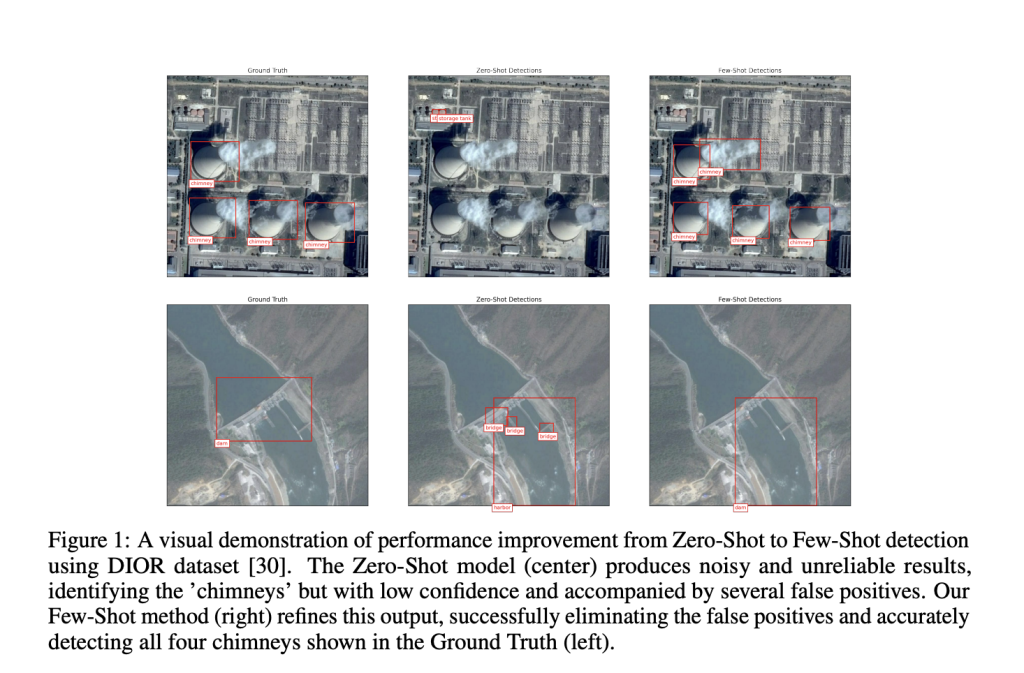Microsoft today held a live announcement event online for its Copilot AI digital assistant, with Mustafa Suleyman, CEO of Microsoft’s AI division, and other presenters unveiling a new generation of features that deepen integration across Windows, Edge, and Microsoft 365, positioning the platform as a practical assistant for people during work and off-time, while allowing them to preserve control and safety of their data. The new Copilot 2025 Fall Update features also up the ante in terms of capabilities and the accessibility of generative AI assistance from Microsoft to users, so businesses relying on Microsoft products, and those who seek to offer complimentary or competing products, would do well to review them. Suleyman emphasized that the updates reflect a shift from hype to usefulness. “Technology should work in service of people, not the other way around,” he said. “Copilot is not just a product—it’s a promise that AI can be helpful, supportive, and deeply personal.” Intriguingly, the announcement also sought to shine a greater spotlight on Microsoft’s own homegrown AI models, as opposed to those of its partner and investment OpenAI, which previously powered the entire Copilot experience. Instead, Suleyman wrote today in a blog post: “At the foundation of it all is our strategy to put the best models to work for you – both those we build and those we don’t. Over the past few months, we have released in-house models like MAI-Voice-1, MAI-1-Preview and MAI-Vision-1, and are rapidly iterating.” 12 Features That Redefine Copilot The Fall Release consolidates Copilot’s identity around twelve key capabilities—each with potential to streamline organizational knowledge work, development, or support operations. Groups – Shared Copilot sessions where up to 32 participants can brainstorm, co-author, or plan simultaneously. For distributed teams, it effectively merges a meeting chat, task board, and generative workspace. Copilot maintains context, summarizes decisions, and tracks open actions. Imagine – A collaborative hub for creating and remixing AI-generated content. In an enterprise setting, Imagine enables rapid prototyping of visuals, marketing drafts, or training materials. Mico – A new character identity for Copilot that introduces expressive feedback and emotional expression in the form of a cute, amorphous blob. Echoing Microsoft’s historic character interfaces like Clippy (Office 97) or Cortana (2014), Mico serves as a unifying UX layer across modalities. Real Talk – A conversational mode that adapts to a user’s communication style and offers calibrated pushback — ending the sycophancy that some users have complained about with other AI models such as prior versions of OpenAI’s ChatGPT. For professionals, it allows Socratic problem-solving rather than passive answer generation, making Copilot more credible in technical collaboration. Memory & Personalization – Long-term contextual memory that lets Copilot recall key details—training plans, dates, goals—at the user’s direction. Connectors – Integration with OneDrive, Outlook, Gmail, Google Drive, and Google Calendar for natural-language search across accounts. Proactive Actions (Preview) – Context-based prompts and next-step suggestions derived from recent activity. Copilot for Health – Health information grounded in credible medical sources such as Harvard Health, with tools allowing users to locate and compare doctors. Learn Live – A Socratic, voice-driven tutoring experience using questions, visuals, and whiteboards. Copilot Mode in Edge – Converts Microsoft Edge into an “AI browser” that summarizes, compares, and executes web actions by voice. Copilot on Windows – Deep integration across Windows 11 PCs with “Hey Copilot” activation, Copilot Vision guidance, and quick access to files and apps. Copilot Pages and Copilot Search – A collaborative file canvas plus a unified search experience combining AI-generated, cited answers with standard web results. The Fall Release is immediately available in the United States, with rollout to the UK, Canada, and other markets in progress. Some functions—such as Groups, Journeys, and Copilot for Health—remain U.S.-only for now. Proactive Actions requires a Microsoft 365 Personal, Family, or Premium subscription. Together these updates illustrate Microsoft’s pivot from static productivity suites to contextual AI infrastructure, with the Copilot brand acting as the connective tissue across user roles. From Clippy to Mico: The Return of a Guided Interface One of the most notable introductions is Mico, a small animated companion that is available within Copilot’s voice-enabled experiences, including the Copilot app on Windows, iOS, and Android, as well as in Study Mode and other conversational contexts. It serves as an optional visual companion that appears during interactive or voice-based sessions, rather than across all Copilot interfaces. Mico listens, reacts with expressions, and changes color to reflect tone and emotion — bringing a visual warmth to an AI assistant experience that has traditionally been text-heavy. Mico’s design recalls earlier eras of Microsoft’s history with character-based assistants. In the mid-1990s, Microsoft experimented with Microsoft Bob (1995), a software interface that used cartoon characters like a dog named Rover to guide users through everyday computing tasks. While innovative for its time, Bob was discontinued after a year due to performance and usability issues. A few years later came Clippy, the Office Assistant introduced in Microsoft Office 97. Officially known as “Clippit,” the animated paperclip would pop up to offer help and tips within Word and other Office applications. Clippy became widely recognized—sometimes humorously so—for interrupting users with unsolicited advice. Microsoft retired Clippy from Office in 2001, though the character remains a nostalgic symbol of early AI-driven assistance. More recently, Cortana, launched in 2014 as Microsoft’s digital voice assistant for Windows and mobile devices, aimed to provide natural-language interaction similar to Apple’s Siri or Amazon’s Alexa. Despite positive early reception, Cortana’s role diminished as Microsoft refocused on enterprise productivity and AI integration. The service was officially discontinued on Windows in 2023. Mico, by contrast, represents a modern reimagining of that tradition—combining the personality of early assistants with the intelligence and adaptability of contemporary AI models. Where Clippy offered canned responses, Mico listens, learns, and reflects a user’s mood in real time. The goal, as Suleyman framed it, is to create an AI that feels “helpful, supportive, and deeply personal.” Groups Are Microsoft’s Version of Claude and ChatGPT Projects During Microsoft’s launch video, product researcher






